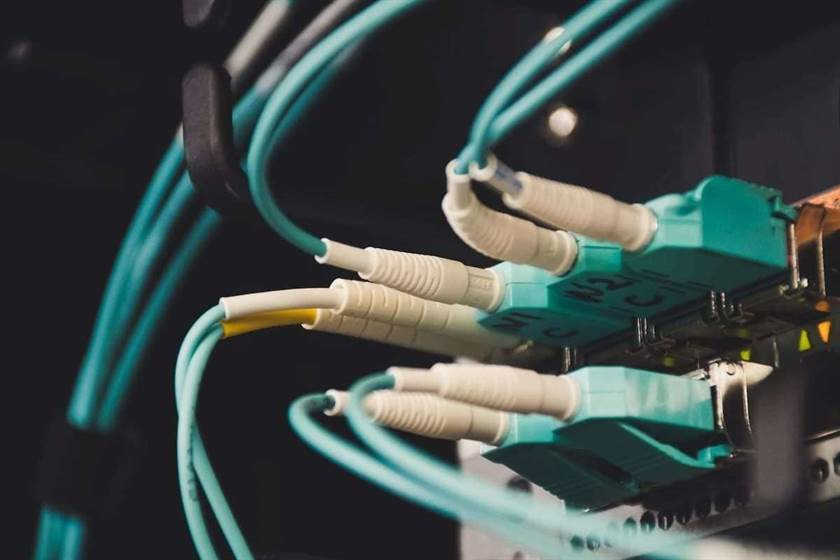The Difference Between High Availability & Fault Tolerance Course
There is a distinction between high availability and fault tolerance. Just remember, a highly available system has little to no down time and a fault tolerant system has zero down time and is typically more complex and costly to implement. An understanding of the terms help facilitate clear communication when discussing requirements of a system. You may also have your own SLAs for services you provide for your customers, but let’s look at a scenario to help explain the difference. We need our employees to maintain productivity, so some amount of disaster recovery is vital. However it may not be worth the time or money to maintain a level of fault tolerance.

Whether intentional or not, downtime can produce a negative response from customers and tarnish the reputation of your business. Fault tolerance and high availability are both used as an emergency plan that can shorten downtime and keep your systems up and running when something fails in your devices. On the other hand, under-engineering a solution by only providing high availability when fault tolerance is required can lead to severe consequences for some critical systems that cannot afford any downtime. You either have a plan of action that precisely outlines how your system can recover from a disaster or you do not. With the architecture above, you can handle disaster recovery in two ways. There is no constraint to limit disaster recovery to only one approach, so you can use both at the same time.
What is fault tolerance, and how to build fault-tolerant systems
Now the employees can conduct 80% of their business unhindered until the primary system comes back up. As mentioned previously, SQS would be useful in this situation as well. The employees would be able to write to the database, but the request would simply be queued until the primary database is back up and running.

It means that in any year, there is a 99.99% probability that the system will be online. This is equivalent to a downtime of approximately 53 minutes – just under an hour for an entire year. High availability does not mean that the system never fails or never experiences downtime. A highly available system is simply one that aims to be online as often as possible. In essence, Fault Tolerance is a form of redundancy, enabling visitors to access the system in the event of the failure of one or more components.
Highly Available vs Fault Tolerant vs Disaster Recovery
Since DR is both data- and technology-centric, its main objective is to recover data as well as get infrastructure components up and running within the shortest time frame after an unplanned incident. In contrast, fault tolerance aims to keep your application up and running without interruption. In addition to the more complex design, it has higher levels of redundancy so it can withstand any faults that may occur to one of its components. Further, due to its redundant resources, it’s not only capable of tolerating any component fault, but it will also prevent performance impacts, data loss, and system crashes.
- This is equivalent to a downtime of approximately 53 minutes – just under an hour for an entire year.
- This article will introduce them respectively, and compare High Availability vs Fault Tolerance vs Redundancy.
- If a workload is not fault-tolerant by default, use additional availability zones or additional regions, which encompass multiple availability zones.
- An understanding of the terms help facilitate clear communication when discussing requirements of a system.
Hope you got a better understanding of these mission-critical data storage metrics and the differences between them. Architects constantly make trade-offs to achieve higher levels of these dimensions due to the incremental costs required. Make sure to consider these appropriately as you build and optimize your storage infrastructure. This maxim generally holds good in life, but more so in a business.
What is Availability in a System?
In the first phase focus on availability, later on, look into Fault-tolerant. Between regions (e.g. between continents) if the application has to be available globally. Blue dots – existing regions, white – ongoing investmentsThe Google Cloud Platform network spans the globe. It has 146 points of presence , which translates into the availability of the platform in more than 200 countries and territories. A description of actions that need to be taken after the system start, e.g., a load test, an analysis of the situation that has occurred, or a description of the event, the so-called post-mortem.
Achieving mainframe reliability with distributed scale … – Data Science Central
Achieving mainframe reliability with distributed scale ….
Posted: Tue, 09 May 2023 07:00:00 GMT [source]
With ftServer, there is no recovery time when there’s a failure in a single component or CRU. The available CRU simply takes over as the primary server until the unavailable CRU is replaced. For organizations that cannot tolerate even a second of unplanned downtime, Stratus ftServer is a viable option. In a software-based approach, all data committed to disk is mirrored across redundant systems.
Check Out Pre-Configured Bare-Metal Servers
At RedSwitches, we consider both as essential aspects of a comprehensive services delivery and data protection strategy. We help our clients build systems that come with regular backups and disaster recovery solutions to protect data and ensure sustained service delivery during a failure. However, unexpected outages and planned maintenance of critical application components and underlying hardware equipment can disrupt users’ access. This downtime decreases the quality of the user experience and results in adverse customer reactions and loss of reputation. Prevent software failure – as we mentioned, high availability and fault tolerance are designed for hardware failure, not considering the software.

Such a system would have a downtime of 0.1% which is 8.8 hours in a year. This is the same figure for Azure blob storage and Google cloud storage. The major cloud providers typically have SLAs that describe the availability of a system. A higher availability restaurantThis 100% availability is only theoretical because it assumes no chef misses work in an entire year.
Why I Keep Failing Candidates During Google Interviews…
In contrast, a successful fault-tolerant environment provides zero downtime and no data loss because both instances maintain identical copies of the data. Fault-tolerant systems are designed to withstand almost any type of failure since there is no crossover event. Instead, several https://globalcloudteam.com/ redundant system components store copies of user requests and changes to data. As a result, if one component fails, the others can pick up the slack. This makes fault-tolerant systems the perfect solution for mission-critical applications that cannot allow or afford downtime.

And in fact, the more approaches you have, the better, since this provides extra redundancy. Now, let’s look at a single architecture that is simultaneously highly available, fault tolerant, and has built-in disaster recovery. High availability, fault tolerance and meaning of fault tolerance disaster recovery are important things to consider when designing a system. Comparing Fault Tolerance vs Redundancy, FT is about ensuring minimal and core business operations stay online, while redundancy is only concerned with duplication of hardware and software.
System Design Interview Basics: Difference Between API Gateway and Load Balancer
While having redundancy components is the ultimate condition for ensuring high availability, these components alone not enough for the system to be considered highly available. A highly available system is one that includes both redundant components and mechanisms for failure detection and automatic workload redirection. In virtualization, high availability can be designed with the help of clustering technologies.
